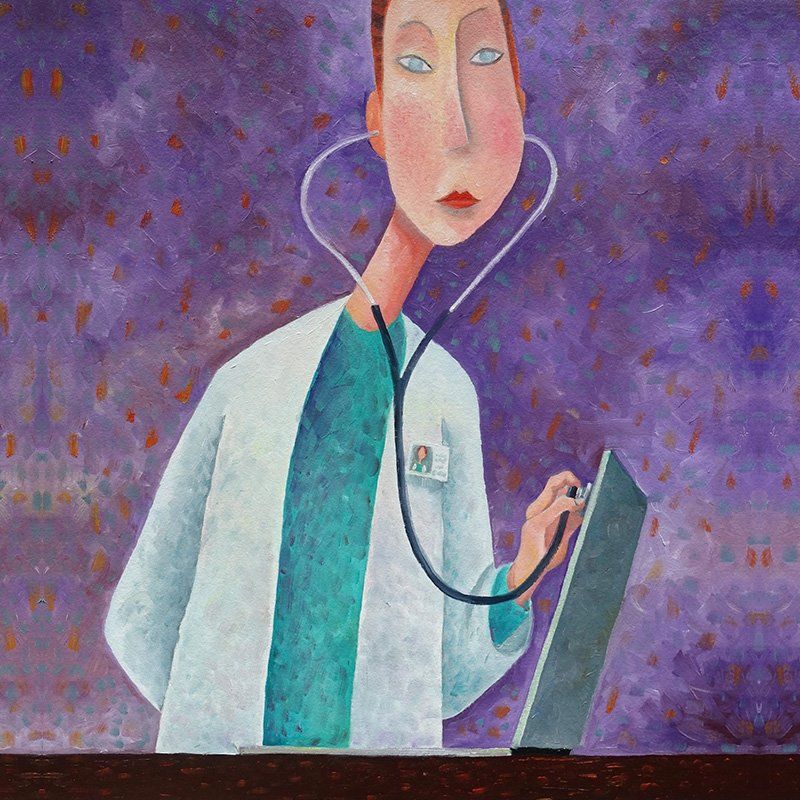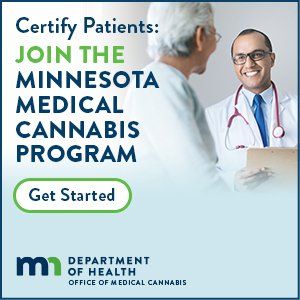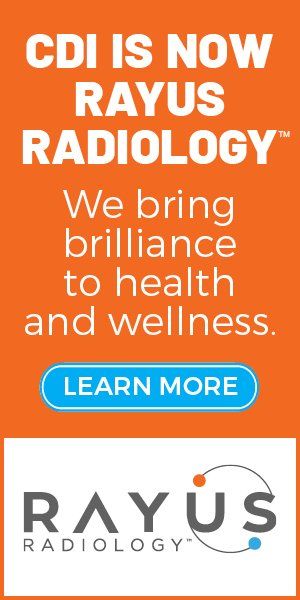Trying to determine what constitutes optimum medical care is a not an easy task. Nonetheless, this question needs to be posed, and an attempt needs to be made at an answer. Why? Because the entire endeavor of providing medical care–like so many other services–is geared toward providing not only what consumers desire, but also providing what is best for them–the optimum. Perhaps nowhere today, other than in the delivery of medical care, is the definition of “optimum” more divergent than it is between the providers and consumers of that care.
cover story one
Optimum Medical Care
The role of telemedicine
By Wayne Liebhard, MD
Physicians have a moral and ethical duty to provide their patients with care that is both safe and appropriate, despite any outside pressures they may face. Given the current dominance of government- and corporate-run medicine, are physicians still in a position to honor their ethical duty when it comes to the appropriate use of telemedicine? Or have their employers now taken over control of what the patient is offered when it comes to options for care? Is telemedicine yet another great promise by some to “save” heath care in the United States? Another panacea? Or is it yet another quagmire?
While studies still seem to suggest that patients rank interpersonal interactions with their caregivers at the top of their medical care list, the rest of that list has changed dramatically in recent years, most notably in relation to the notion of “convenience.” Consumers of medical care, henceforth referred to as “patients,” still desire competent, empathetic, affordable medical care. Just as important, they now want the provision of that care to fit their lifestyles. In other words, they want it fast and easy, as well as inexpensive. Like everything else in America, though, “fast and easy” is never supposed to imply “risky and unpredictable.” Kind of like that hamburger from McDonald’s. Why? Because there is always someone in America looking out for the welfare of the consumer of everything commercially branded, right?
Optimum care means care in which the diagnosis is correct, the treatment is correct and both are done in a timely manner.
Buyer beware
Anyone with half a functioning brain understands the potential risk in buying five pounds of shrimp on a 90-degree day from some guy selling it off the back of his rusty pickup truck. The sign for “Jim and Bob’s Bungee Jumping/Go-Cart Track/Hog Roast” establishment should likewise get one to think critically about whether exiting I-95 to check it out. For most anything else in America, we have a vast array of consumer protection agencies, oversight bureaus and government commissions to ensure that anything we touch, consume or breathe should always be free from harm. Exactly why “fast and easy” is never supposed to imply “risky and unpredictable” here in America.
There is, of course, a pecking order of trust that further aids Americans in making choices when it comes to their actions. A January 2020 article published in “MarketWatch” (“Americans trust Amazon and Google more than the police or the government”) takes note of a study regarding the most trusted brands, public figures and institutions in the U.S. In that study, subjects were asked to consider entities such as teachers, law enforcement officers, doctors, public figures and celebrities. The study included the question of whether the subjects trusted information from health and weather advisories or scientific studies.
Score one for the family doc. Based on the study’s results, 50% of subjects–the greatest share–trusted their family doctor to do the right thing. The military was listed next at 44%. Hollywood scored only a 4% share, with Wall Street at 5%, the U.S. government at 7%, capitalism at 14% and religious leaders at 15%. In between 50% and 14%, Amazon took 39% and Google 38%, followed by extreme weather warnings, teachers, the police, scientific studies and health warnings or advisories. Tom Hanks and Oprah also beat out the president and Warren Buffett.
So, what does this have to do with optimum medical care? On the surface, perhaps it means that people trust their family doctor more than Tom Hanks or Wall Street to provide their medical care. That’s a good thing, as trust is an extremely important part of the doctor-patient relationship. Given that good medical care can mean the difference between life and death, it’s indispensable to have formed relationships with trusted clinicians in the event those situations should ever present.
What is optimum care?
What about medical care for less emergent, but still urgent situations? Everyone knows that it’s time to go straight to the emergency room if the bungee cord at Jim and Bob’s broke and someone dropped thirty feet directly onto cement. What about a cough? What if the patient’s eye is red with lashes stuck shut upon waking up in the morning? What if there is abdominal pain–off and on? Not severe, yet not going away? In an ideal world, everyone would own their own hospital and have instant access to an ophthalmologist for an eye problem, a pulmonologist for a cough and a surgeon to evaluate abdominal pain. There is a sweet spot somewhere between having no access to care and owning one’s own hospital. For economists, we’ll call it the “affordability spot” on the Laffer Curve of medicine–the place where people get care—care we all would like to believe is optimum. At its heart, optimum care means care in which the diagnosis is correct, the treatment is correct and both are done in a timely manner–with the care being accessible and affordable. Care provided in a timely, accessible and affordable manner is useless, and potentially dangerous, if the diagnosis and/or treatment are incorrect.
This, of course, begs the following question: How does a patient know that the diagnosis and/or the treatment is correct once the medical system has been engaged? Answer: the patients don’t, at least not until they get better, or until the medicine they are taking makes their eyelashes fall out. Why, then, would anyone engage the medical system at all, given that lack of certainty? There are two reasons, and they both relate to a risk/benefit ratio.
First, no one would engage the medical system if they felt there was more risk than potential benefit in doing so. On a more subconscious basis, the same type of reasoning is behind the choice to get up each morning and take the risk of driving to work. Indeed, many individuals take their chances and choose to not engage Western medicine at all. They are not convinced that the risk is worth the potential benefit.
Second, the patient had developed enough trust in Western medicine or in their “provider” of choice. Physicians, in general, take exception to the word “provider.” Provider is a term that has the effect of devaluing clinicians and making them all appear interchangeable. In any case, the level of trust allows engagement with a system having more risks than eating the roadside shrimp and risks as serious as the bungee cord rupturing.
Control of the delivery of medical care in the U.S. must never be taken out of the hands of clinicians.
Who wouldn’t trust a large medical conglomerate which owns hospitals and all sorts of shiny new multiple-story buildings when it advertises its telemedicine services with the following: “Get the same great care as an office visit”? Certainly, those large medical conglomerate physicians buy in completely to the provision of urgent care by telemedicine for just about any condition imaginable, right? Certainly, those physicians were consulted as to how the telemedicine process would be set up, how it would work, and–most important—what conditions as presented by patients would be routed through for a telemedicine visit, right? Certainly, those physicians were trained in the intricacies of providing care by telemedicine, more so than just the nuts and bolts of getting connected with their patients and figuring out how to have them stick their iPhones down their throats to try to get a peek at their tonsils, right? Certainly, in a rush to capitalize on the new age of telemedicine, a large medical conglomerate would not attempt to direct as many patients as possible toward video visits, even if they already had presented at a clinic for a face-to-face visit right? Certainly…Certainly.
Likewise, who wouldn’t trust a slick online medical “provider” (here the term is more appropriate) with a picture of a handsome young clinician on the first page? This “provider” notes how easy it is to book an online appointment and that “we can treat almost anything” simply through a visit on your phone. The subsequent list is almost endless: “prescriptions, antibiotics, diabetes, refills, birth control, gout, hypertension, PrEP, pneumonia, hypothyroidism, lipid regulators, IBS, asthma, depression, ear infection, acne, anxiety, STDs, sinus infection, erectile dysfunction, cough, flu, UTI… and almost anything else!” Why stop there? Surely, the home appendix removal kit is right around the corner. Just because telemedicine is now being offered to evaluate and treat almost anything doesn’t mean that telemedicine is safe to evaluate and treat almost anything.
How about this bit of telemedicine advertising: “The last thing you want to do is trek across town to see a doctor”? Perhaps, then, we should add a line to Jim and Bob’s sign that would read: “The last thing you want to do is drive another two miles up the road to where the bungee jumping is safety monitored.” The implication seems to be that no one ever really needed to be examined in person by a doctor. It just took until now, when technology would allow, for us to admit that an interaction on a screen is, in fact, superior to an interaction in person.
The future of telemedicine
Undeniably, telemedicine now has a definite place in the delivery of medical care. In fact, in some instances and some circumstances, it is the best available modality through which to access certain kinds of care. There is no doubt that, in remote areas or in small hospitals without immediate access to specialty care, telemedicine can be a godsend as a conduit to that specialty care. There are also certain services (such as diabetic consults or mental health visits) that, while still best delivered by face-to-face visits, can be reasonably delivered through telemedicine consults when circumstances demand. In early 2020, as we all know, circumstances regarding medical care changed drastically. In an effort to continue to support the provision of medical care during the COVID-19 pandemic, CMS substantially amended the rules previously governing the delivery of and remuneration for telemedicine services.
Large health care systems took notice–immediately. Access to the same reimbursement for telemedicine consults as for live visits was a financial win for health care conglomerates. In some sectors, there appeared to be promotion of urgent care by telemedicine for just about any condition imaginable. Unfortunately, the level of practicing physician involvement in this rush to telemedicine was nominal. How much were doctors consulted about how the telemedicine process would be set up, how it would work, and what conditions as presented by patients would be routed through for a telemedicine visit? How much physician training was given regarding the intricacies of providing care by telemedicine? In order to provide optimum medical care, physician engagement is critical. The control of the delivery of medical care in the U.S. must never be taken out of the hands of clinicians.
To sum up, the expanded use of telemedicine is here to stay and does offer some benefits in its use. Optimum care, however, means care that is always safe and appropriate. Patients need to be fully aware of their care options and of the limitations inherent in the use of telemedicine so they may be guided in using that knowledge to obtain optimum medical care. For telemedicine to be used safely and appropriately, practicing physicians— along with their patients—need to decide if, how, and when it is used.
Wayne Liebhard, MD,
is a family practice physician now practicing in an emergency medicine clinic. He is also the author of the recently published book, “Walking The Tightrope—Trusting Your Life To Telemedicine.”
MORE STORIES IN THIS ISSUE
cover story one
Optimum Medical Care: The role of telemedicine
By Wayne Liebhard, MD
cover story two
Outstate Behavioral Health Care: Meeting the challenges and needs



















